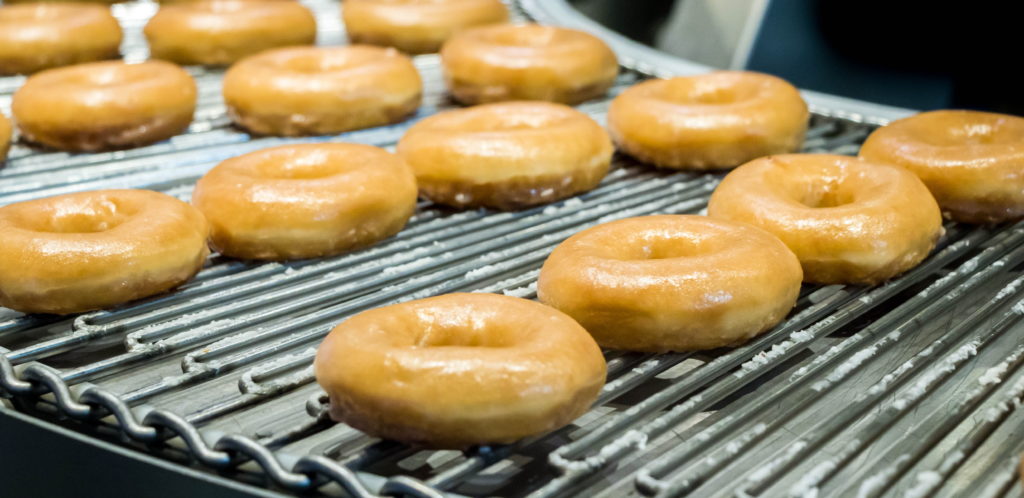Should you choose a soft starter or VSD for controlling conveyor motors?

Should you choose a soft starter or VSD for controlling conveyor motors?
For most motor drive applications, the choice between VSDs and soft starters is clear cut. But for conveyor applications, either option may be suitable, and selection is a balance between price and performance.
Soft starters
Soft starters slowly ramp-up the motor to minimise mechanical shock and electrical peak demand. They are ideal for applications needing constant full-speed operation like conveyor belts. This is due to their torque characteristics, they suit conveyors with light loads which have ten or fewer starts per hour. They are a simple replacement for direct online starters to prevent damage during the starting and stopping of a conveyor.
Benefits of soft starters?
Soft starters are smaller and cheaper than inverters and need less panel space. As they have fewer internal and external components, the maintenance costs also tend to be lower. They protect a motor by minimising the in-rush starting current and reducing the motor voltage. They switch to line power during the run cycle.
Also, controlling the inrush current can reduce peak demand penalties, resulting in lower energy bills from utilities. Moreover, by reducing mechanical shocks, they help extend equipment life.
Variable speed drives (VSD)
VSDs control motor speed and torque by varying and regulating the input frequency and voltage to the motor. Their dynamic torque control enables precise conveyor speed control regardless of load variations. They provide constant torque at zero speed to control heavily laden conveyors from start-up.
Benefits of VSDs?
VSDs provide better constant torque control to cut mechanical shocks and reduce supply demands when starting large motors. Because VSDs offer variable speed control they can match the exact speed requirements of the conveyor system. This improves processes, conserves energy, and extends the life of conveyor equipment.
Other considerations
Soft starters and VSDs both achieve efficiencies of over 90%, although other factors may affect this efficiency. When operating at full speed with a light load, soft starters are more efficient than VSDs. At full speed, their integrated bypass allows current in the soft starter to run through the contactor, so it runs cooler.
Soft starters us silicon-controlled rectifiers (SCRs) to control both starting and stopping. As the SCR switches off after a start-up, they generate almost no harmonics. With VSDs, long cable runs from a drive to a motor can create reflected wave issues. Line reactors, DC chokes, or a passive filter will prevent harmonics from feeding back to the power source and harming equipment.
Verdict
Soft starter applications are best suited to full-speed operation with a low or medium starting torque, and light loading. They reduce wear and damage to the system and help control inrush currents and power monitoring applications.
VSDs suit demands for speed control during the run mode, single-phase use, and applications with high starting torque. They provide continuous feedback for critical position control and constant torque at zero speed. An added benefit includes reduced mechanical wear and damage to the conveyor system.
Finally, the choice of soft starter or VSD is with the user or OEM, but for more information, see Schneider Electric.
Recent blog posts
